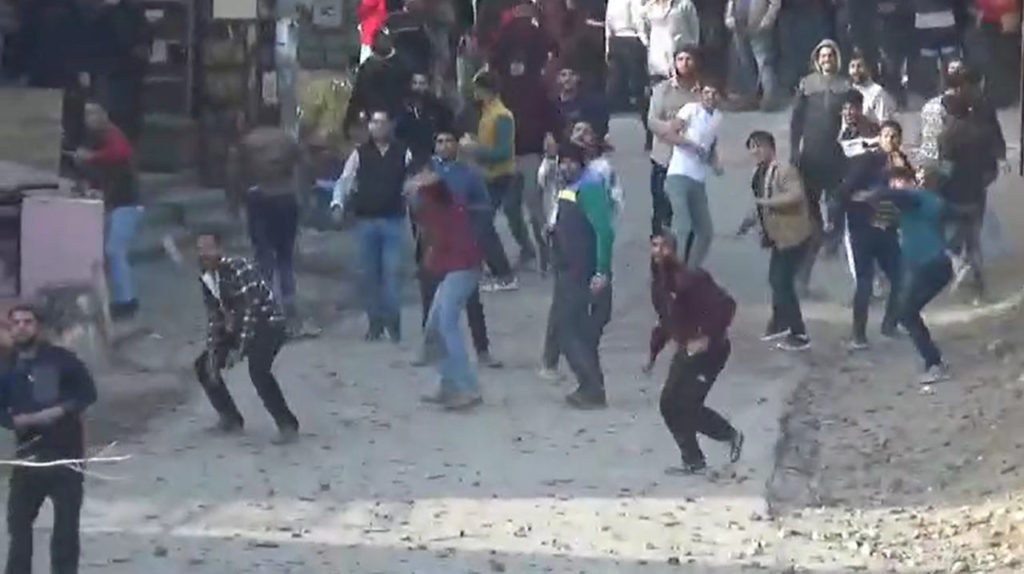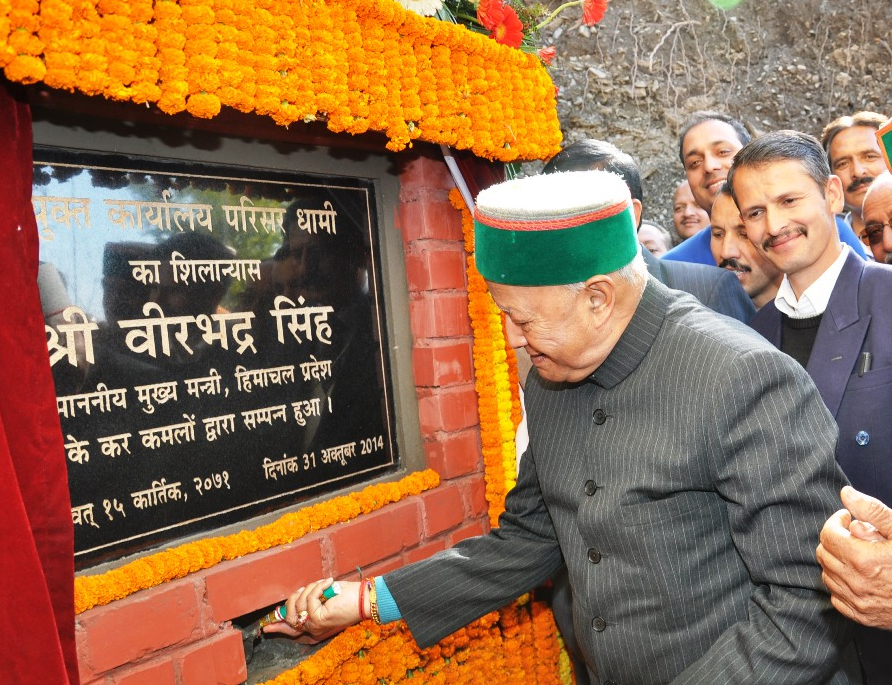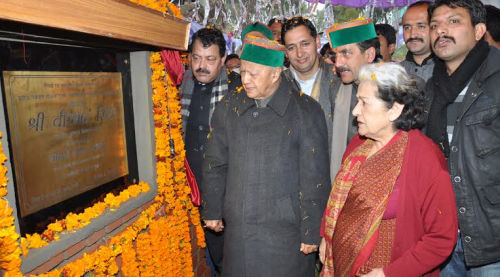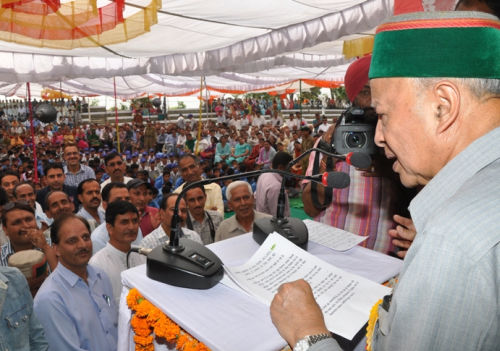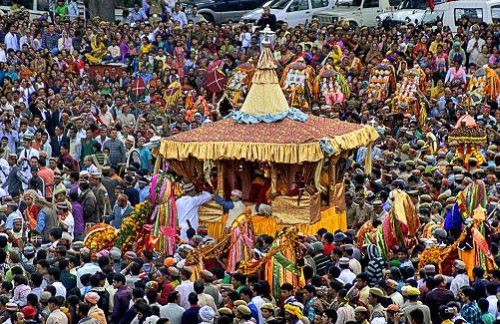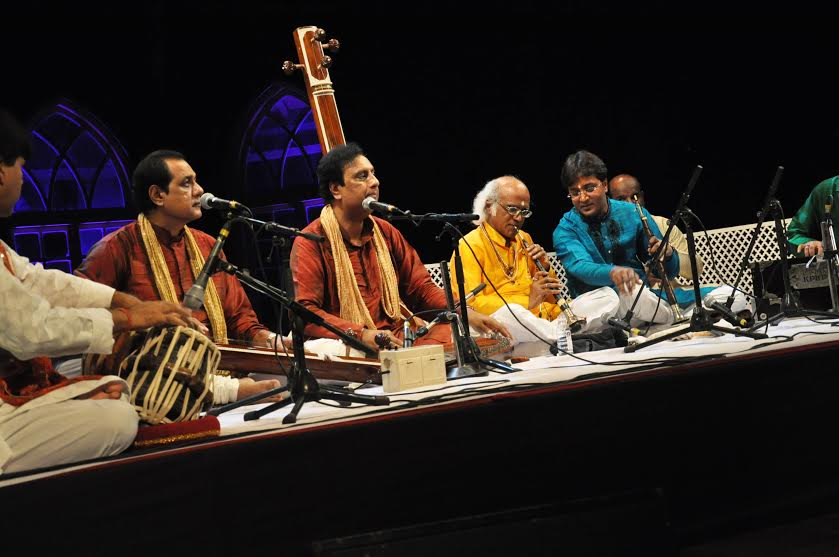A Stone Fair’s Evolution: Bhadrakali and Cultural Transformation
Dhami/Shimla – In the tranquil embrace of Halog Dhami, where the air carries whispers of antiquity, a sacred tradition unfolds with each passing year — the Stone Game. This age-old ritual, a blend of history, spirituality, and community, serves as a captivating testament to the resilience of cultural practices in the face of changing times. As we embark on a journey through the annals of Halog Dhami’s history, the Stone Game emerges as more than just a Diwali tradition; it is a living narrative, woven into the very fabric of this close-knit community.
The roots of this extraordinary tradition delve deep into a time when sacrificial offerings were a customary route to appease the forces that governed happiness and peace. Yet, within the folds of history, a shift occurred, leading to the genesis of the Stone Game as an alternative. This evolution was not merely a change in ritual but a profound adaptation, a cultural metamorphosis that reflected the dynamic spirit of the people of Halog Dhami.
At the heart of this storied tradition lies the Raj family, custodians of a legacy that predates written records. The succession of the Raj family has borne witness to the ebb and flow of societal norms, yet their commitment to preserving the Stone Game remains unwavering. It is a commitment that goes beyond the ceremonial; it is a testament to their role as stewards of a living heritage.
The Stone Game, celebrated annually on the second day of Diwali, unfolds with a spiritual prelude that sets the stage for the dramatic contest. The Raj family successor leads a procession from the Narasimha Devta temple, accompanied by the rhythmic beats of drums and the cheers of onlookers. A defense flower, bestowed by the priest, becomes the symbolic key to unlocking the spiritual dimension of the Stone Game.
In times gone by, the region witnessed sacrificial offerings to Bhadrakali, associated with male vigor. However, the queen of the princely state of Dhami recommended the cessation of male sacrifice, birthing the Stone Game in its place. The fair, a stone-pelting contest between the Tundu, Jathoti, and Katadu families against the Toli of Jamogi, has become a cultural touchstone.
As the Stone Game commences, stones rain down for about half an hour between the two communities. This spirited exchange, once a substitute for male sacrifice, now symbolizes unity, resilience, and the preservation of cultural identity. The conclusion of the Stone Game sees victors adorned with bloodied heads, seeking solace in the Bhadrakali temple, where first aid is administered.
The contemporary significance of the Stone Game extends beyond a mere spectacle. It is a celebration of identity, a reflection of the community’s ability to adapt while honouring its rich past. The blood, sweat, and stones exchanged during the ritual serve not only as a spectacle for the community but also as a living connection to a history that refuses to fade.
In Halog Dhami, the Stone Game is more than an annual event; it is a binding thread that weaves together the past, present, and future. As the stones clash and blood is spilled in the name of tradition, Halog Dhami stands as a living testament to the enduring power of culture in the face of changing times. The Stone Game is not just a tradition; it is the beating heart of a community, echoing through the ages and promising to resonate for generations to come.


